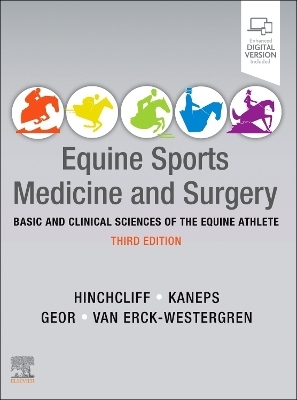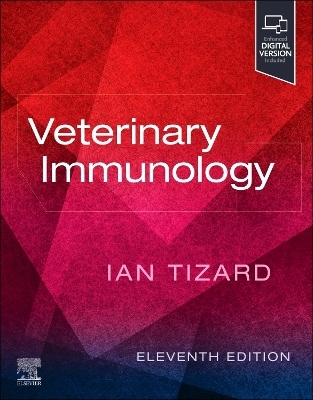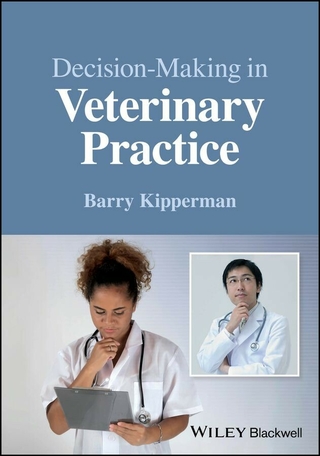
Foot and Mouth Disease 2007
Review
Seiten
2008
Stationery Office Books (Verlag)
978-0-10-295322-0 (ISBN)
Stationery Office Books (Verlag)
978-0-10-295322-0 (ISBN)
- Keine Verlagsinformationen verfügbar
- Artikel merken
A report which states that there was much to applaud in the handling of the 2007 outbreak of the Foot and Mouth disease, along with some deficiencies, but that the positives outweigh the negatives. It commends the contingency planning and better integration of scientific advice and the capabilities at the centre of disease control strategies.
The 2001 outbreak of Foot and Mouth disease (FMD) was set out in a report published in 2002 ("Foot and Mouth Disease 2001: Lessons to be Learned Inquiry - Report (HC 888)" - ISBN 9780102976243), providing an analysis of what happened with recommendations. Another FMD outbreak occurred in the summer of 2007 and the Government again asked Dr Iain Anderson to conduct a review to find out if the lessons of 2001 had been learned and whether new recommendations were needed. This report is built around the findings of 2001, with a particular look at the Pirbright facility - the source of the virus incriminated in this recent outbreak.In "Foot and Mouth Disease 2007: Review (HC 312)", Dr Anderson states that he found much to applaud in the handling of the 2007 outbreak, along with some deficiencies, but that the positives outweigh the negatives. The report commends the strong leadership of the Prime Minister, as well as the contingency planning and better integration of scientific advice and the capabilities at the centre of disease control strategies. External communication was also greatly improved.
Less encouraging were the inadequate infrastructure and governance of the Pirbright facility, where the Institute for Animal Health is located, and the poor regulatory regime in place to licence work with dangerous animal pathogens. The Department for Environment, Food and Rural Affairs' (Defra) information systems were also found wanting.The report recommends that the Institute of Animal Health should become the new National Institute of Infectious Diseases, supported by multiple sources of funding from government and elsewhere. Also recommended is the creation of an Independent Advisory Committee on Animal and Emerging Infectious Diseases, combining a high level group of experts along with other stakeholders, with a mission to provide independent advice to government. It would also link closely with the Government's and departmental Chief Scientific Advisors and include the Chief Veterinary Office and Chief Medical Officer amongst its members.The report is divided into five sections: Foreword; Summary and Recommendations; Lessons Learned - Maintain vigilance, Be prepared, React with speed and certainty, Explain policies, plans and practices, Respect local knowledge, Apply risk assessment and cost benefit analysis, Use data and information management systems, Have a legislative framework, Base policy decisions on the best available science; Pirbright; and, Appendices.
The 2001 outbreak of Foot and Mouth disease (FMD) was set out in a report published in 2002 ("Foot and Mouth Disease 2001: Lessons to be Learned Inquiry - Report (HC 888)" - ISBN 9780102976243), providing an analysis of what happened with recommendations. Another FMD outbreak occurred in the summer of 2007 and the Government again asked Dr Iain Anderson to conduct a review to find out if the lessons of 2001 had been learned and whether new recommendations were needed. This report is built around the findings of 2001, with a particular look at the Pirbright facility - the source of the virus incriminated in this recent outbreak.In "Foot and Mouth Disease 2007: Review (HC 312)", Dr Anderson states that he found much to applaud in the handling of the 2007 outbreak, along with some deficiencies, but that the positives outweigh the negatives. The report commends the strong leadership of the Prime Minister, as well as the contingency planning and better integration of scientific advice and the capabilities at the centre of disease control strategies. External communication was also greatly improved.
Less encouraging were the inadequate infrastructure and governance of the Pirbright facility, where the Institute for Animal Health is located, and the poor regulatory regime in place to licence work with dangerous animal pathogens. The Department for Environment, Food and Rural Affairs' (Defra) information systems were also found wanting.The report recommends that the Institute of Animal Health should become the new National Institute of Infectious Diseases, supported by multiple sources of funding from government and elsewhere. Also recommended is the creation of an Independent Advisory Committee on Animal and Emerging Infectious Diseases, combining a high level group of experts along with other stakeholders, with a mission to provide independent advice to government. It would also link closely with the Government's and departmental Chief Scientific Advisors and include the Chief Veterinary Office and Chief Medical Officer amongst its members.The report is divided into five sections: Foreword; Summary and Recommendations; Lessons Learned - Maintain vigilance, Be prepared, React with speed and certainty, Explain policies, plans and practices, Respect local knowledge, Apply risk assessment and cost benefit analysis, Use data and information management systems, Have a legislative framework, Base policy decisions on the best available science; Pirbright; and, Appendices.
| Erscheint lt. Verlag | 11.3.2008 |
|---|---|
| Reihe/Serie | HC ; 312 |
| Verlagsort | Norwich |
| Sprache | englisch |
| Themenwelt | Veterinärmedizin ► Klinische Fächer |
| ISBN-10 | 0-10-295322-8 / 0102953228 |
| ISBN-13 | 978-0-10-295322-0 / 9780102953220 |
| Zustand | Neuware |
| Informationen gemäß Produktsicherheitsverordnung (GPSR) | |
| Haben Sie eine Frage zum Produkt? |
Mehr entdecken
aus dem Bereich
aus dem Bereich
Basic and clinical sciences of the equine athlete
Buch | Softcover (2024)
W B Saunders Co Ltd (Verlag)
249,35 €


